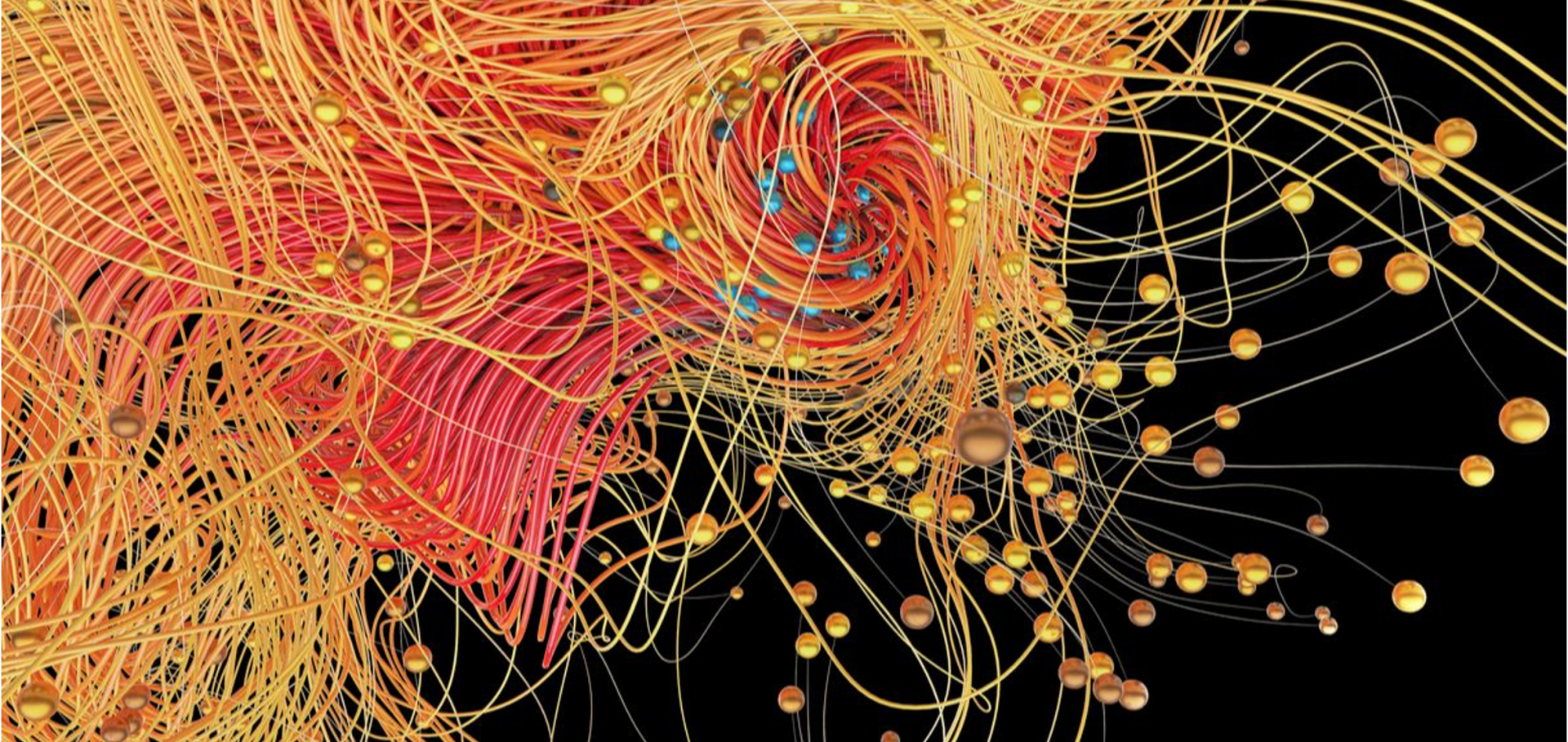Magnetoelastic coupling across the metamagnetic transition in Ca$_{2-x}$Sr$_x$RuO$_4$ (0.2 < x < 0.5)
ArXiv cond-mat/0610769 (2006)
Abstract:
The magnetoelastic coupling in Ca$_{1.8}$Sr$_{0.2}$RuO$_4$ and in Ca$_{1.5}$Sr$_{0.5}$RuO$_4$ has been studied combining high-resolution dilatometer and diffraction techniques. Both compounds exhibit strong anomalies in the thermal-expansion coefficient at zero and at high magnetic field as well as an exceptionally large magnetostriction. All these structural effects, which are strongest in Ca$_{1.8}$Sr$_{0.2}$RuO$_4$, point to a redistribution of electrons between the different $t_{2g}$ orbitals tuned by temperature and magnetic field. The temperature and the field dependence of the thermal-expansion anomalies in Ca$_{1.8}$Sr$_{0.2}$RuO$_4$ yield evidence for a critical end-point lying close to the low-temperature metamagnetic transition; however, the expected scaling relations are not well fulfilled.Understanding the insulating phase in CMR manganites: Shortening of the Jahn-Teller long-bond across the phase diagram of La_{1-x} Ca_x Mn O_3
(2006)
Understanding the insulating phase in CMR manganites: Shortening of the Jahn-Teller long-bond across the phase diagram of La_{1-x} Ca_x Mn O_3
ArXiv cond-mat/0609485 (2006)
Abstract:
The detailed evolution of the magnitude of the local Jahn-Teller (JT) distortion in La_{1-x} Ca_x Mn O_3 is obtained across the phase diagram for 0 < x < 0.5 from high quality neutron diffraction data using the atomic pair distribution function (PDF) method. A local JT distortion is observed in the insulating phase for all Ca concentrations studied. However, in contrast with earlier local structure studies its magnitude is not constant, but decreases continuously with increasing Ca content. This observation is at odds with a simple small-polaron picture for the insulating state.Structural phase transition and magnetism in hexagonal srmno
ArXiv cond-mat/0609235 (2006)



